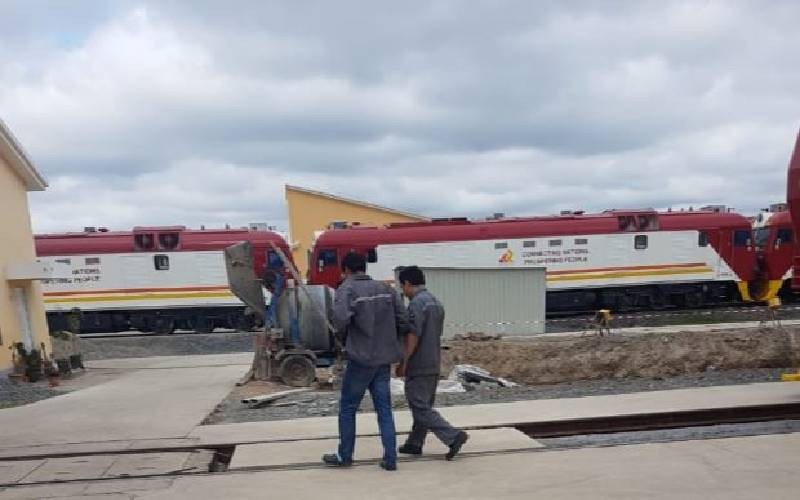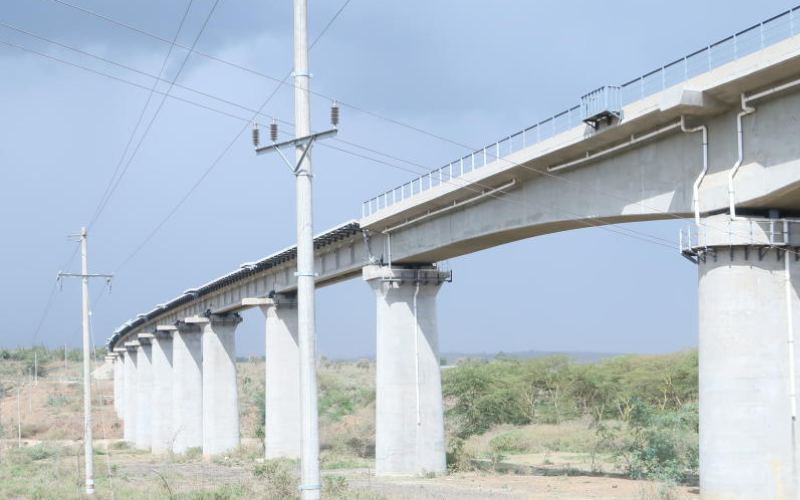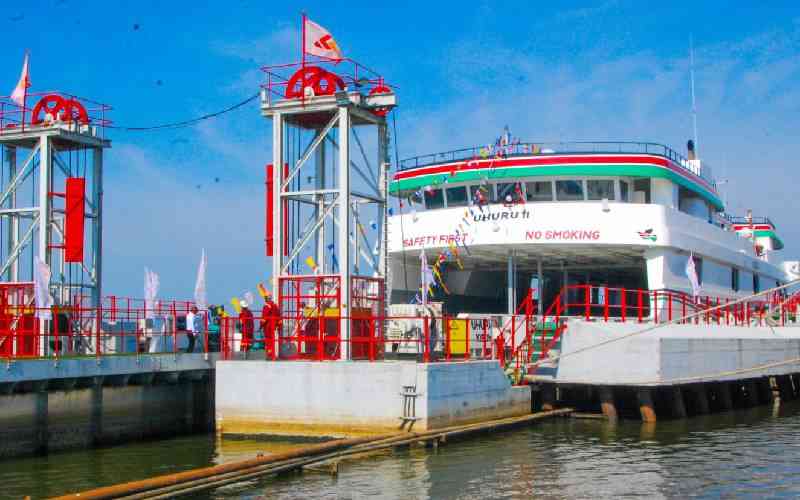By JOE KIARIE
At a seemingly neglected corner of Nairobi, just beyond the Railways bus terminus, rests one of Kenya’s priceless historical treasures.
Sandwiched in between Uhuru Highway and the Kenya Railways Corporation headquarters is the Nairobi Railway Museum, on whose rail yard dozens of steam and diesel locomotives are rusting away.
Of the locomotives, the titanic 5930 class Mount Shengena engine conspicuously stands out. This 252-tonne beast remains the biggest, heaviest and most powerful oil-burning steam engine to ever run on one-metre gauge tracks.
But it does not carry as much history as the two silver carriages of the 1st class Uganda Railways Coach that rest inside a roofed shelter near the museum’s main entrance.
The coach was the scene of a horrific and fatal attack and the carriages mark some of few remaining souvenirs of the nightmare British engineers and their African and Indian labourers endured during construction of the Uganda Railway over a century ago.
It is from one of these carriages that Henry Ryall, a railway superintendent, was dragged and killed by a man-eating lion at Kima Station in 1900.
Tough lack
Ryall, notes a plaque on the carriages, fell asleep while on a mission to hunt down a pair of lions that were terrorising the constructors, giving the carnivores the chance to pounce and devour him. The incident marked yet another day of tough luck for the constructors as they laid the over 900-kilometer track from Mombasa starting 1896.
By the time they reached Kisumu five years later, about 2,500 workers had died, overcome by exhaustion, struck down by malaria or attacked by wild animals and hostile tribes.
The railway is now to be built all over again starting tomorrow, linking Kenya’s coast on the Indian Ocean to landlocked neighbouring countries.
As museum officials put it, the main difference between the two construction eras is not that the new track will be standard gauge or are constructed by the Chinese — not the Britons.
“There are endless distinctions. The Chinese engineers should be grateful they are doing this work in 2013 and not in 1896,” says Elias Randiga, a curator at the museum. “The diversity and magnitude of challenges faced in the construction of the old line qualified it as a real engineering miracle”.
With Britain, motivated by the need to reach Uganda and protect of the source of the River Nile from her enemies, the first main challenge came in the fact that not even some Britons could fathom the need to spend taxpayers’ money on a costly track snaking through a country owned by thousands of unlettered African tribesmen.
Radical British politician Henry Labouchere famously denounced the plan, terming it a ‘gigantic folly’ and dismissing it as such; “Where it is going, nobody knows, what is the use of it, none can conjecture ... It is clearly naught but a lunatic line.”
Stay informed. Subscribe to our newsletter
More hurdles awaited the colonial engineers after the project was okayed.
“With no skilled labour, they had to organise and import skilled ‘coolies’ all the way from India,” explains Randiga.
“They had to use crude equipment to do most of the work. They also had to maneuver their way through harsh and rough terrain with not even maps to guide them. The mission would soon turn fatal as tropical diseases such as malaria and rinderpest struck. At some point, the death rate was so high that they stopped burying the bodies of their colleagues and would instead dump them in the jungle.”
Randiga explains how the construction of a bridge across Tsavo River around 1898 that later transform the lunatic line into a legend. “Amid extreme temperatures and ravaging drought, lions resulted to feeding on humans. They ended up killing 28 Indians, one white, and an unknown number of Africans,” he states.
Some accounts put the number of casualties as high as 135.
As the big cats wreaked havoc, work on the bridge-which was meant to take less than two months-had at some point halted and it took nearly one year to finish.
The pair of night-hunting maneless lions, dubbed the “Maneaters of Tsavo”, was eventually shot dead by the bridge construction supervisor, Engineer Lt Colonel John Henry Patterson.
Enter the Nandi
Their remains are exhibited at the Field Museum of Natural History in Chicago.
“When the railway reached the Rift Valley at the turn of the 20th century, the Nandi community, led by Koitalel arap Samoei, resisted the construction of the ‘iron snake for eight years,” notes Randiga.
Another major incident was the Kedong Massacre, when the Maasai attacked a railway worker’s caravan killing around 500 people after two Maasai girls were raped.
“Andrew Dick, a Briton, led a counter-attack against them, but ran out of ammunition and was speared to death,” the historian recounts.
Randiga says the Chinese are unlikely to face any challenges close to those encountered by those who worked on the line they are to replace.
“Thanks to the old line, we now have towns such as Nairobi, Kisumu, Eldoret and Nakuru,” Randiga says.
 The Standard Group Plc is a
multi-media organization with investments in media platforms spanning newspaper
print operations, television, radio broadcasting, digital and online services. The
Standard Group is recognized as a leading multi-media house in Kenya with a key
influence in matters of national and international interest.
The Standard Group Plc is a
multi-media organization with investments in media platforms spanning newspaper
print operations, television, radio broadcasting, digital and online services. The
Standard Group is recognized as a leading multi-media house in Kenya with a key
influence in matters of national and international interest.
 The Standard Group Plc is a
multi-media organization with investments in media platforms spanning newspaper
print operations, television, radio broadcasting, digital and online services. The
Standard Group is recognized as a leading multi-media house in Kenya with a key
influence in matters of national and international interest.
The Standard Group Plc is a
multi-media organization with investments in media platforms spanning newspaper
print operations, television, radio broadcasting, digital and online services. The
Standard Group is recognized as a leading multi-media house in Kenya with a key
influence in matters of national and international interest.








